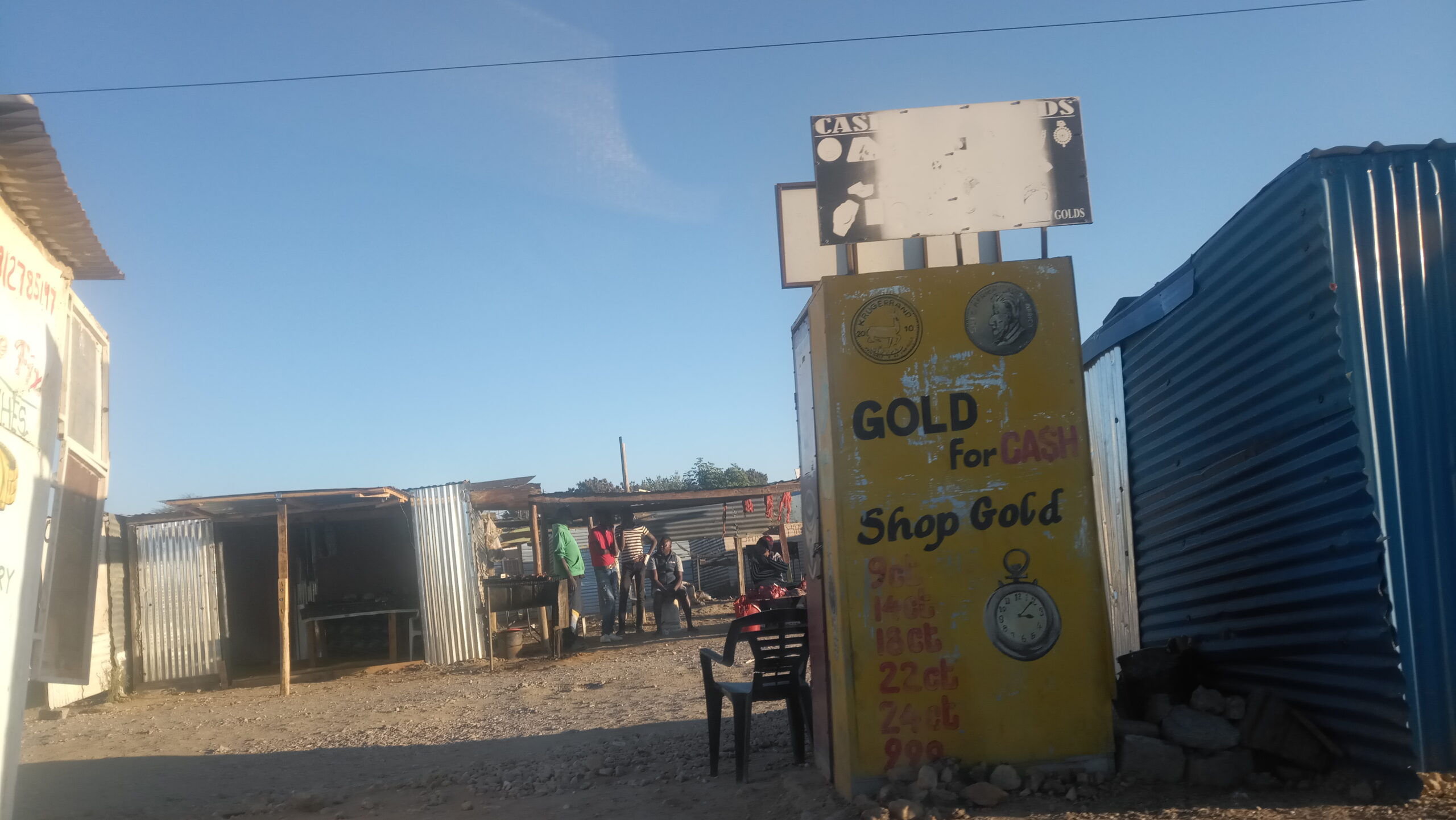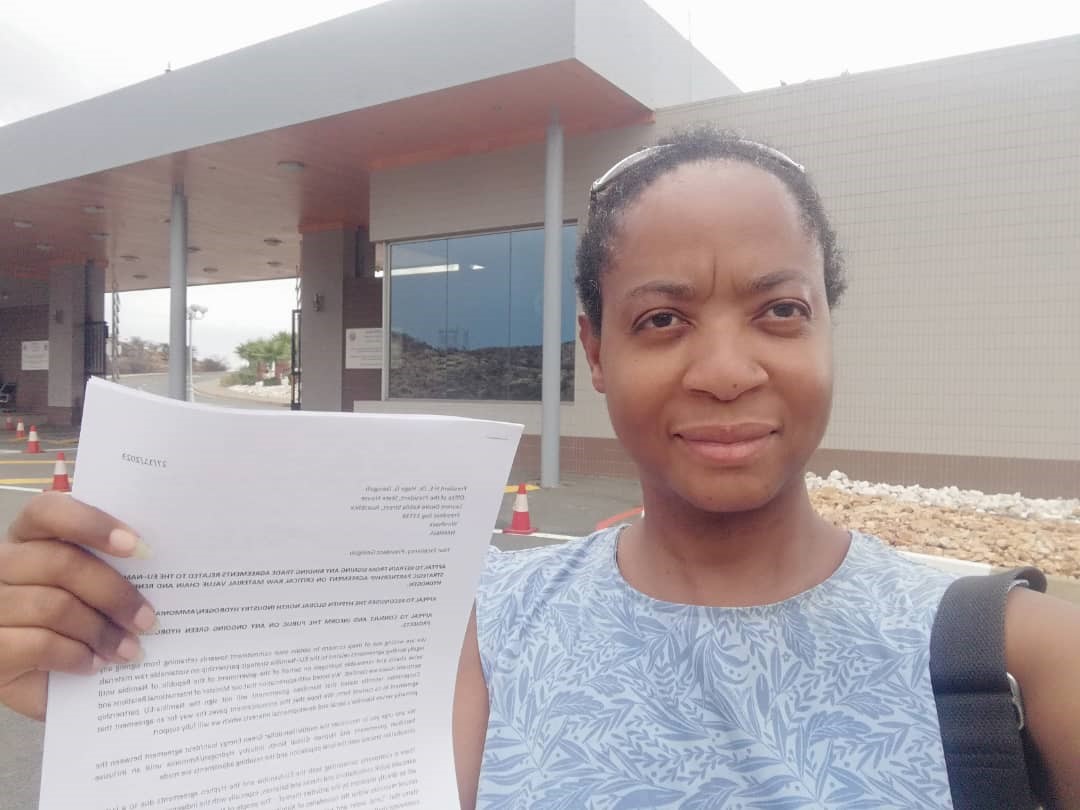In his two parts blog series on “green hydrogen” (GH2), Andy Gheorghiu asked the question if it’s solution of pipe dream – outlining the decarbonisation challenge of the Global North’s energy-/feedstock intensive industry while showing that mainly the Global South has the potential to actually produce large amounts of GH2. In this blog, he draws our attention to Hyphen, one of the largest African hydrogen (H2) projects, in Namibia – highlighting significant open questions and explaining why local opposition is mounting.
Namibia: a 21st century energy powerhouse?
Namibia is very rich regarding its renewable energy potential. According to the Global Photovoltaic Power Potential by Country: “Namibia has the highest average practical PV power potential of all countries…”
In addition to its solar energy capacity the Namibia Investment Promotion and Development Board highlights its technical wind potential of over 100GW “making it one of the windiest places in the world.” A lot of that wind potential lies off the coast around the city of Lüderitz where Hyphen wants to start the production of “green hydrogen”.
On the other hand, Namibia is poor. According to Namibia’s Multidimensional Poverty Index 2021, an average of 44% people live in poverty – with up to 60% in rural areas. Trading Economics expects Namibia’s overall unemployment rate to reach 21% by the end of 2023. According to Statista the youth unemployment rate was at approximately 40% in 2022. And despite being one of the richest countries of the world concerning its renewable energy potential, Namibia’s electricity rate is at only 56% and 60% of that power is being imported, mainly from South Africa.
That’s one of the reasons why Namibia established in 2021 an Inter-Ministerial Green Hydrogen Council (GHC) and is now promoting several GH2 projects – with US$10 billion Hyphen being a major one. Namibia’s overall GDP was at US$12.6 billion in 2022.

Katutura, township of Windhoek (Namibia’s capital), poor but blessed with an average of almost 10 hours of sunshine per day – an immense renewable energy potential. Copyright: Andy Gheorghiu.
Hyphen Hydrogen Energy Project – Actually, it’s ammonia, not hydrogen!
Shareholders of the Hyphen Hydrogen Energy Limited are British Nicolas Holdings Limited/Swiss Principle Capital Group and German Enertag.
Hyphen wants to “harness Namibia’s potential – by installing in two phases a total of 7 GW of renewable energy – roughly 10x the amount of current installed generation capacity. An additional 3GW is required for the electrolyser alone – over 4x the current electricity consumption of all Namibians. This shall lead to an overall H2 production of 350,000 tonnes per annum – counting in 30% of energy losses during the conversion of renewables into H2. However, the actual final product is not H2 but ammonia, estimated at a total of 2,000,000 tonnes/a in a best-case-scenario.
Converting renewables into H2 and then ammonia leads to energy losses of 50% – and even up to over 80% when ammonia is being used for power generation.
Hyphen would be constructed on 4,000 km² within the Tsau//Khaeb National Park in the Lüderitz Peninsula. It promises to create 15,000 construction jobs for 4-5 years and 3,000 permanent jobs – with the aim of 90% of them being Namibians. This would double Lüderitz’s current population.
According to the Feasibility and Implementation Agreement signed between Hyphen and Namibia’s Government, the country has the opportunity itself up to a 24% share in the project. In December 2023 the Government decided to secure the equity stake via the Sustainable Development Goals Namibia One Fund.
Hyphen anticipates that the Environmental Impact Assessment will only commence in Q1 2024.
The German connection
Germany has shown great interest in the cheap green hydrogen production in Namibia. Both countries signed in 2021 a partnership for green hydrogen. The current economy minister Habeck travelled in a hydrogen mission in December 2022 to Namibia and appointed earlier in July former energy state secretary Rainer Baake as a special emissary to enable the kick-start of green hydrogen production in the country – pointing out that there’s “hardly a better place on Earth” for that.
Just a few days before the visit of Habeck to Namibia, RWE (a major German energy company) announced the signing of a memorandum of understanding with Hyphen – for the delivery of up to 300,000 tons of green ammonia from 2027 onwards.
Oil money for green hydrogen? Civil society criticizes secrecy around Hyphen contract!
The Namibian government will now buy itself into the Hyphen project and has also considered using income coming from oil and gas revenues to co-finance the 24% stake. Namibia’s green hydrogen commissioner was quoted saying that “it is hard for us as Namibia, which “cannot fully fund its education budget, to develop a hydrogen project without looking to utilise all the resources at our disposal”.
However, there is mounting criticism in Namibia about the government’s “obsession with share ownership” in Hyphen – outlining that this might come at the expense of the Namibian people.
Civil society groups in Namibia say that green hydrogen is being forced upon Namibian people – referring to numerous unanswered environmental and economical questions and criticizing the lack of transparency with regard to the preference for the Hyphen project and non-disclosed details of the contract. Hyphen’s CEO says that a disclosure of the company’s agreements with the Namibian government would be “to the detriment of the development of the Hyphen project”. An investigation by Oxpeckers Investigative Journalism Centre touches upon several problematic issues related to Hyphen – from “an opaque tender process” to the “use of tax havens”, “biodiversity concerns” and “questionable job prospects”.
According to Rinaani Mutusua, Economical and Social Justice Trust, Namibia:
“No public consultations and due diligence were carried out regarding awarding Hyphen the green hydrogen tender. The green hydrogen project is pursued with no regard to the principle of free, prior, and informed consent. The Namibian government is willing to bend the rules and give into pressure from Hyphen and the EU to ensure that Europe’s energy demand is catered for.”
Civil society letter calls on Namibian president to reconsider Hyphen
On Nov 27, 2023, a letter signed by Namibian individuals and civil society groups (among them Economic & Social Justice Trust and Legal Assistance Centre), was delivered to the Namibian president Geingob calling to “reconsider the Hyphen Global North Industry Hydrogen/Ammonia Agreement” and to “consult and inform the public on any ongoing green hydrogen related projects”.
The letter highlights that “numerous environmental and conservation concerns surrounding the green hydrogen project are not talked about, or are simply dismissed by stakeholders involved in its development.”
These include impacts on the pristine but very sensitive and internationally recognised global biodiversity hotspot Tsau//Khaeb National Park in which Hyphen is placed; and also the unique coastal and marine habitats along the Lüderitz Peninsula, at the core of the only Marine Protected Area in the country.

Rinaani Musutua, Economic and Social Justice Trust, delivering letter on green hydrogen. Copyright: Rinaani Musutua.
Conclusion
The picture becomes quite clear that:
- “Green hydrogen” might not be that green at all
- A new critical dependency might evolve between the Global North (as the main benefiter) and the Global South (as the main supplier of “green hydrogen”)
- The Global South (in this case Namibia in particular) has a massive renewable energy potential but needs genuine help/support to develop it in a way that benefits it’s people first and then the rest of the world.
The Hyphen project shows that there are no easy solutions for a fossil free future and that we should definitely avoid hyping hydrogen without a proper, full assessment of the overall impacts – including a comprehensive education and then consultation of the mainly affected people, ie the Namibians.
Finally, the more I look into “solutions” for the decarbonization of the heavy industry in general, the more I realize that we’re not debating what we actually should, ie a reformation of our current economic model – including a debate about what kind of industry and products we can actually afford to have if we want humanity to stay alive.